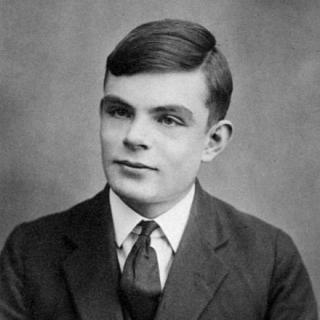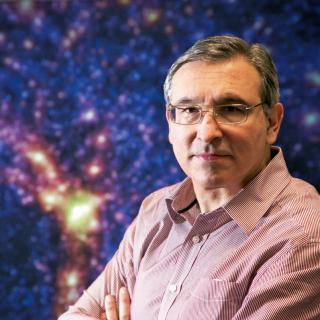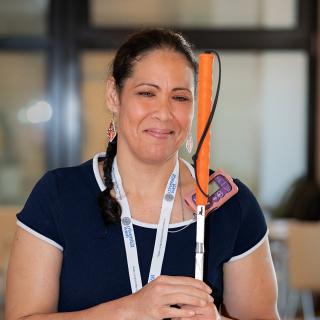Astronomers take images with large professional telescopes because they use the images for scientific research.
They have to be able to make measurements, such as the brightness of a star or the position of a planet. This means that the images are not just pictures, but large amounts of data.
Astronomers spend a lot of time writing code and using computers to help them analyse and interpret their data.
Some instruments, like LIGO and the SKA, are interferometers. These massive instruments are needed to detect ripples in space-time and test our understanding of physics in the Universe.

Interferometers use a network of antennas, over a wide area, to create a virtual much larger single telescope. It would be impossible to build such instruments without powerful computers. Signals from different antennas must be added together with atomic-clock precision. Software must separate real signals from background noise and then produce a result that is useful for astronomers.
One problem that computer scientists and engineers need to solve is where to store all the data. As bigger and more powerful telescopes are built, they generate more data. A typical image data file from the Liverpool Telescope will have more than 4 million numbers in it! Telescopes like the SKA will generate petabytes (over one million gigabytes) per second. That would fill up the memory of over 5000 mobile phones every second.
Astronomers also build and program computers to model and simulate objects and environments in space. The Virgo Consortium is an international group of scientists in the UK, Germany, The Netherlands, Canada, United States and Japan. The science goals of Virgo are to carry out state-of-the-art cosmological simulations. Scientists use these simulations to research areas including the formation and evolution of galaxies, the structure of the Universe, and the formation and distribution of dark matter.
There are many careers in astronomy which are based on computers. As well as being a computer modeller (or theoretical astrophysicist), there are also people who manage the enormous computer servers used by universities and telescopes. There are software engineers who create programmes to 'speak' to the telescopes and space probes astronomers use daily. There are careers dealing with the large amounts of data coming back from cutting edge facilities like the SKA, and maintaining all of the equipment used.
Learn about some scientists who are computer experts:






